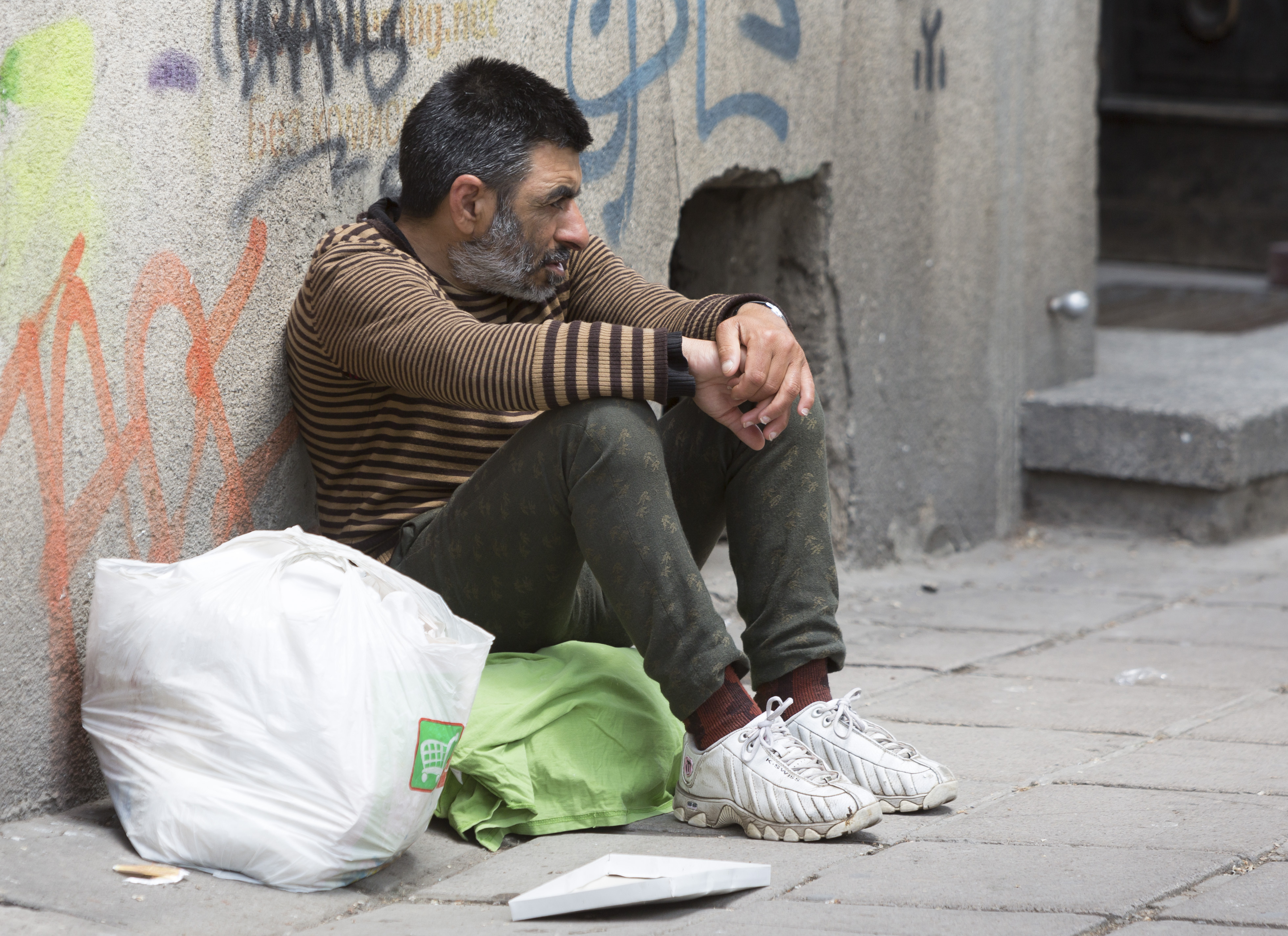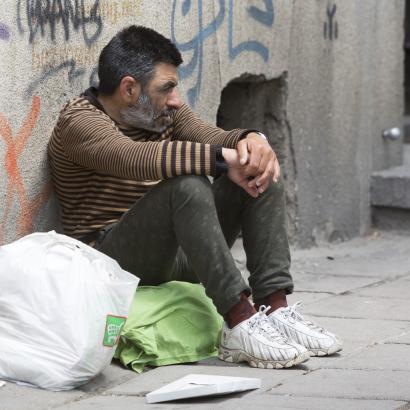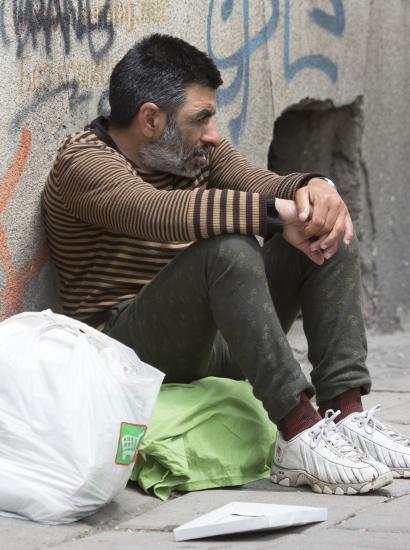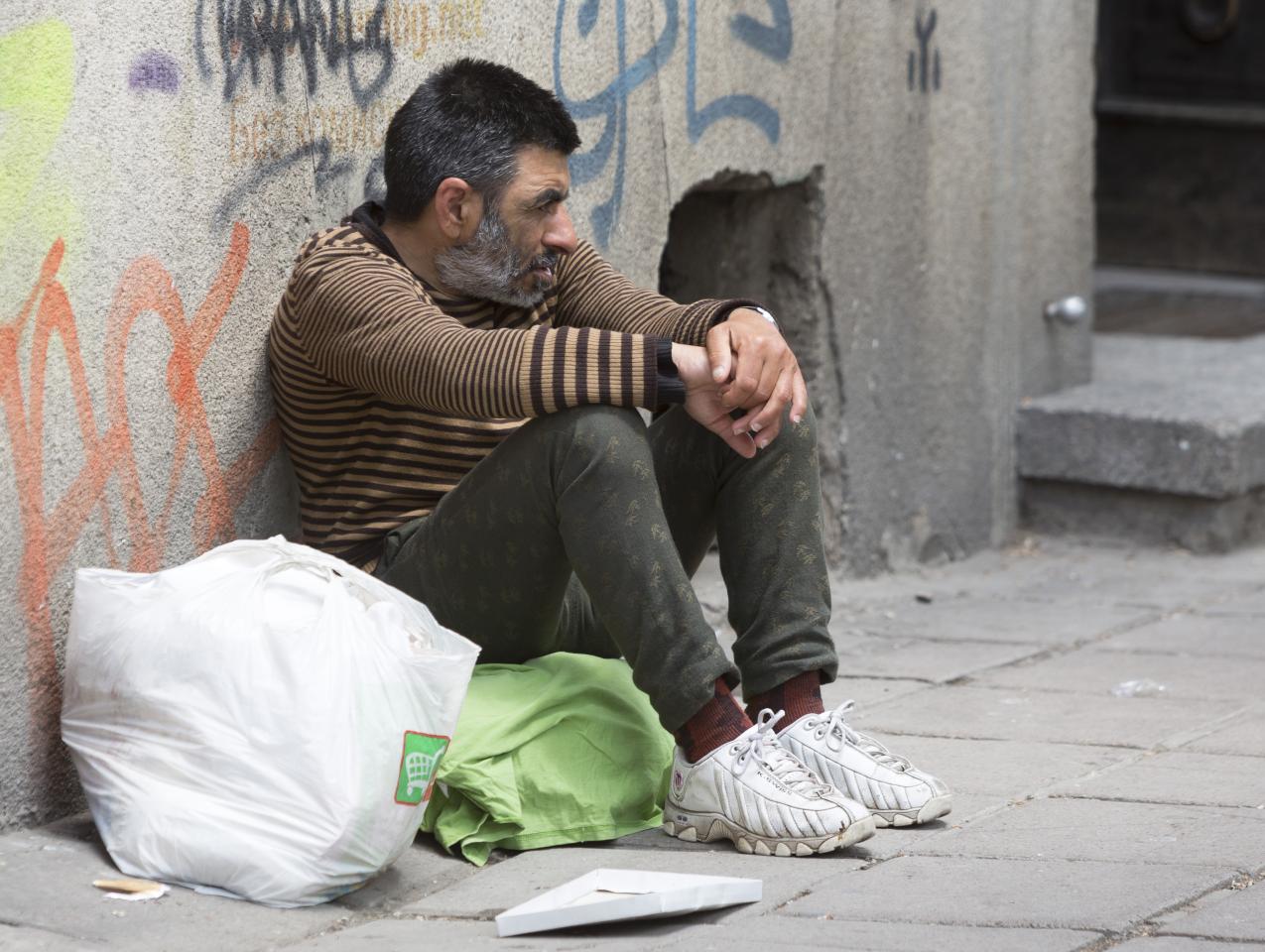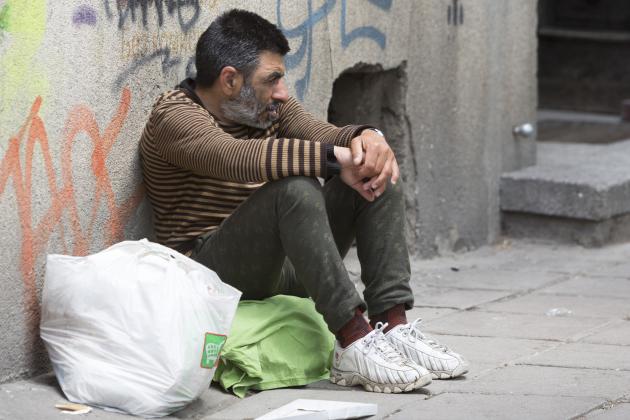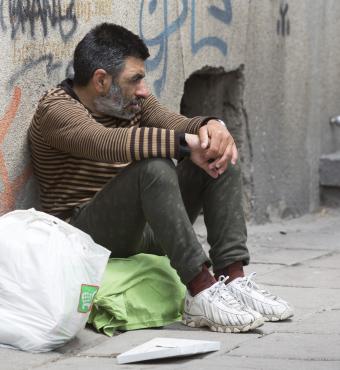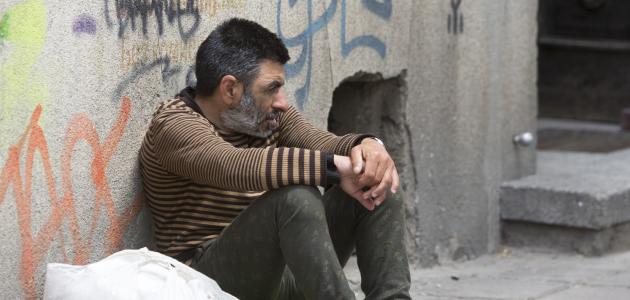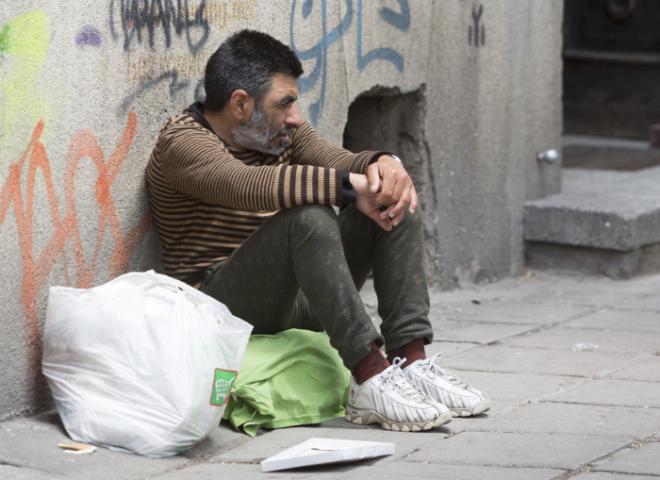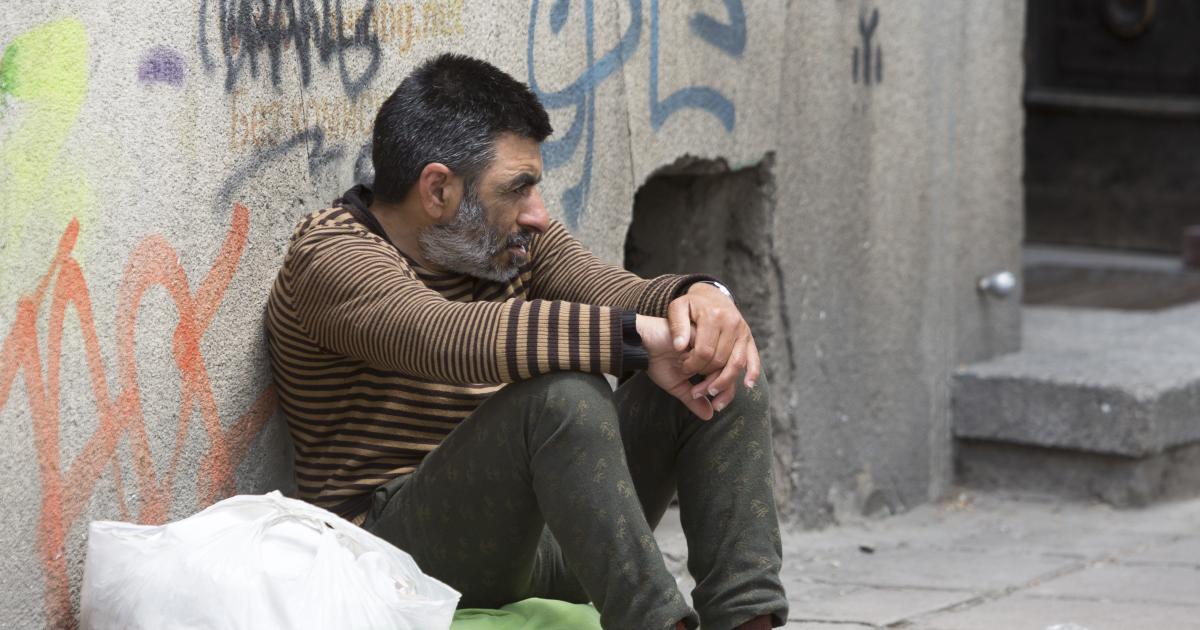- Politics, Institutions, and Public Opinion
- State & Local
- California
On this day, the deadline for handing in signed petitions that could trigger a California gubernatorial recall election later this year, let’s not dwell on the implications of a potential referendum on Gavin Newsom’s future.
That’s because (a) I think the recall will go forward, based on the high percentage of valid signatures collected so far, which means that (b) we’ll have plenty of time to get into the nuts and bolts of how Newsom will defend his office versus how his detractors will attempt to achieve the second recall of a sitting California governor in less than two decades.
Instead, let’s talk about a policy concern that’s noticeably waned in the time since the pandemic dominated California’s landscape: what to do about the Golden State’s homelessness crisis.
It was only thirteen months ago that Newsom made homelessness the sole topic of his State of the State address, a rarity in that the governor’s annual message is a laundry list of executive wants—a rhetorical Amazon wish list, if you will. Moreover, it was a remarkable departure from Newsom’s predecessor, Jerry Brown, who never inserted the word “homeless” into any of his State of the States spanning from 2011 to 2018.
Yet Newsom made the matter his sole focus in his second such gubernatorial address. Nor did he mince words later that spring as his attention shifted to upcoming budget negotiations. “This homeless issue is, rightfully, top of mind for people all across the state that are outraged by it,” Newsom declared. “They’re disgusted by it and they’re wondering what the hell is going on in Sacramento. And they should.”
So did Newsom take a victory lap on confronting homelessness last week when he departed from normal and delivered this year’s State of the State from Dodger Stadium (traditionally, the big speech is delivered at the State Capitol—and sooner in the year than the second week in March)?
The answer: yes and no.
Newsom uttered the words “homeless” and “homelessness” all of six times in the course of a 3,643-word speech—a brief stretch of his remarks during which he touted two initiatives: Project Roomkey (designed to protect homeless Californians from the ravages of COVID) and the state’s Homekey initiative (it provides grant money to state agencies to acquire hotels, motels, apartments, and other structures to house the homeless).
Yes, the governor went one step further—a step not unexpected considering this year’s anticipated budget surplus and COVID-stimulus windfall: throwing more money at the problem. Newsom promised an additional $2 billion, in his words, “to create more homeless housing, addressing mental and substance abuse issues, and ending homelessness one person at a time.”
Still, Newsom’s passage dedicated to homelessness constituted just one-twentieth of this year’s State of the State, going by word count. Moreover, it’s not the reason he delivered the speech in an empty Dodger Stadium. The governor traveled to California’s Southland because (a) the backdrop spoke to tragedy—the 54,395 California COVID fatalities cited in the speech is almost the same as the ballpark’s seating capacity (Dodger Stadium is currently serving as a mass vaccination site) and (b) speaking in California’s largest media market during the local evening news gave the governor far more exposure than a conventional daytime address in the smaller media market that is Sacramento.
Still, Dodger Stadium underscores California’s shortcomings in addressing its chronic homelessness woes. The ballpark has 56,000 seats. Last June’s Los Angeles County Homeless Count showed 66,436 people experiencing homelessness—a 12.7 percent increase from the previous year’s estimate. That’s a population more in line with Los Angeles’s cutting-edge SoFi Stadium, which houses 70,000 fans for football.
That same stadium can expand to 100,000 seats for concerts, which is where the county’s homeless population will stand in a little over three years at its present growth rate.
So where to go from here?
One California approach is the construction of tiny home villages in Los Angeles, the first of which opened last week. That comes at the same time that L.A. County officials are indicating that they won’t expand the number of hotels they’ve rented to shelter homeless Californians. The reason why: budget constraints.
Speaking of COVID, that viral strain puts a further strain on California policy makers in their ongoing quest to prioritize vaccinations. As of this week, the eligibility was expanded to include those living in homeless shelters and those who are incarcerated, plus workers involved in public transportation and commercial airlines (in San Francisco, proof of eligibility at vaccination clinics won’t be required).
Where this gets tricky for Newsom: the public’s understanding of the nuances of the changing criteria and the perception of fairness—a problem the governor himself has contributed to with his at-times baffling press briefings.
Consider this recent Facebook post from the comedian/podcaster Adam Corolla: “In California the homeless and prisoners are getting the vaccine before taxpayers. It sounds like something out of Idiocracy. If that isn’t the most California way of doing things, I don’t know what is.”
Technically, Corolla had a point. Depending on their age, health status, and profession, some California taxpayers don’t rate the same as the homeless or incarcerated as the state figures out how to inoculate the adult population posthaste.
On the other hand, those latter populations also can gripe about fairness: in California’s original vaccination scheme introduced in March 2019, homeless residents in shelters and incarcerated individuals were placed in the second tier of Phase 1B to receive doses based on their dense populations and inability to socially distance. But in January 2020, the homeless and incarcerated were downgraded as California shifted to age-based prioritization—leaving those two groups in limbo. Now, in March, they’re once again an elevated concern.
This presents a quandary for Newsom—convincing the public that his vaccination strategy is both straightforward and common sense. But it also presents a tricky tactical choice for at least one of his chief detractors and a likely recall challenger: former San Diego mayor Kevin Faulconer.
As he wound down his mayoral tenure, Faulconer made homelessness a centerpiece of his city record (including this October 2019 essay that he drafted for Hoover’s Eureka Web channel). Let’s suppose the recall drive leads to a vote this fall. Does Faulconer stay on a wonkier high road and tout his San Diego record? Or does he go the Corolla route and use homelessness as a political wedge issue?
This wasn’t a topic much discussed in the last recall election—the contest of nearly two decades ago was dominated by talk of rolling blackouts, higher vehicle license fees, and the one-man show that was Arnold Schwarzenegger’s celebrity campaign.
Time will tell if there’s a home for a homelessness conversation in what’s shaping up as California’s 2021 sequel to that 2003 blockbuster.







